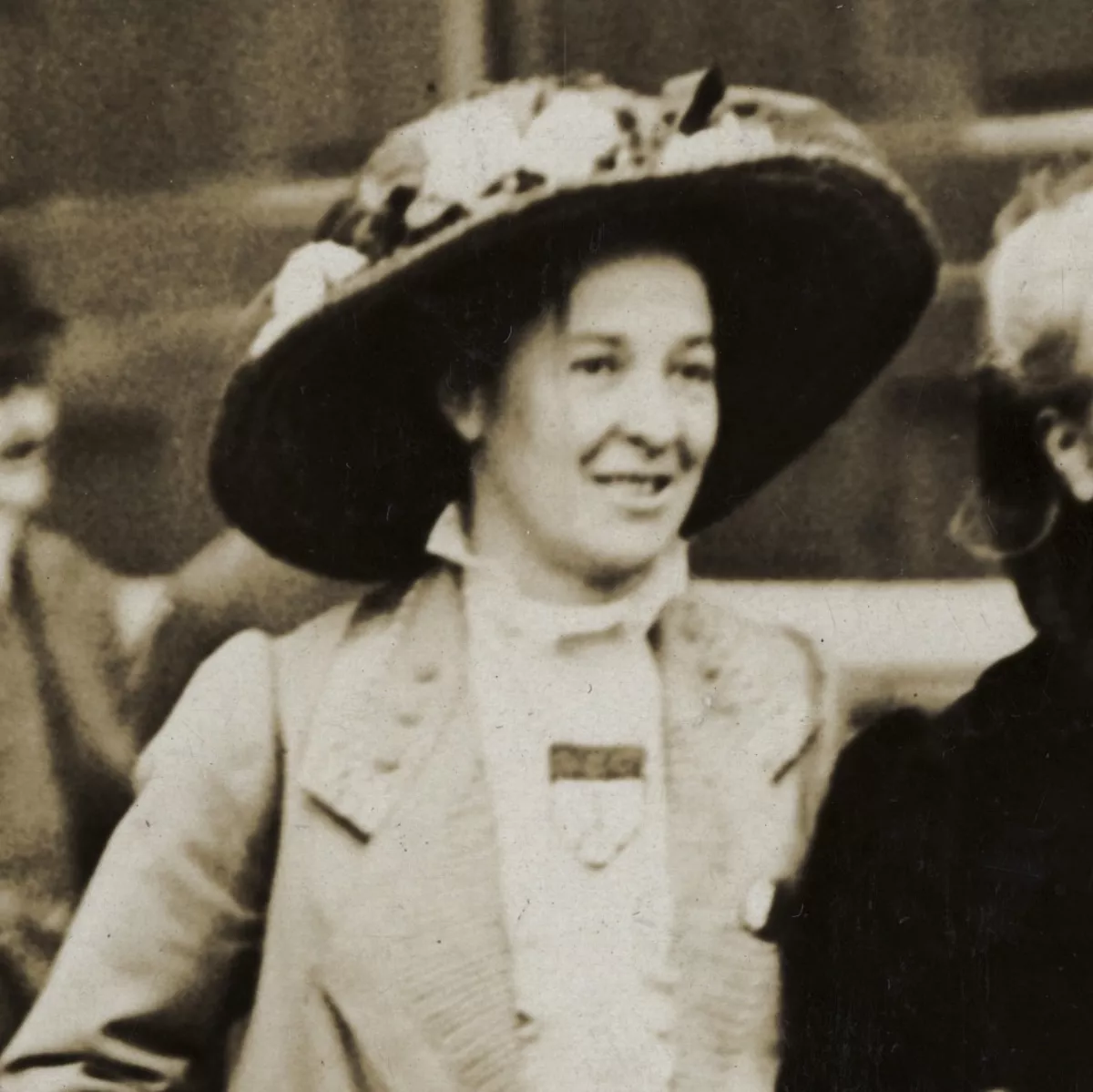 1.
1. Edith How-Martyn was a British suffragette and a member of the Women's Social and Political Union.

 1.
1. Edith How-Martyn was a British suffragette and a member of the Women's Social and Political Union.
Edith How-Martyn was arrested in 1906 for attempting to make a speech in the House of Commons.
Edith How-Martyn met Margaret Sanger in 1915 and they created a conference in Geneva.
Edith How-Martyn's father was a grocer and her elder sister became the lawyer Florence Earengey.
Edith How-Martyn went to University College, Aberystwyth where she took Physics and Mathematics, gaining an external degree from the University of London in 1903.
Edith How-Martyn had radical political opinions and was a member of the Independent Labour Party before becoming an early member of the WSPU in 1905.
Edith How-Martyn was one of the first WSPU members to go to jail when she was given a two-month sentence.
Edith How-Martyn was honorary secretary of the new group, whose motto was 'Dare to be Free' from 1907 to 1911, when she became head of the Political and Militant section.
Edith How-Martyn had refused to pay taxes that were only voted for by men.
Edith How-Martyn held public office for the first time In 1919, when she became a member of the Middlesex County Council, a post she held until 1922.
Edith How-Martyn met the American family planning leader Margaret Sanger in 1915 and had been impressed by her ideas, subsequently organising the 1927 World Population Conference in Geneva with Sanger and becoming honorary director of the Birth Control International Information Centre in London in 1930.
Between November 1934 and Mar 1935 Edith How-Martyn travelled through India campaigning for birth control, then accompanied Sanger on her trip to Asia the following year.
Edith How-Martyn returned to the sub-continent several times in the following years to continue the work started there at this point.
Edith How-Martyn continued this work in the following decades through a local branch in Australia which she established after she moved there with her husband at the outbreak of the Second World War.
Norman Haire, who had returned to Australia, informed Margaret Sanger that Edith How-Martyn hoped to 'join forces with him' to do something for birth control despite the war.
Haire wrote to Sanger again on 9 September 1948, asking her to send money to support Edith How-Martyn who was old, sick and poor.
Edith How-Martyn had a stroke and died in an Australian nursing home.